As a magnet supplier, we often hear customers say:
“The magnets I received don’t seem quite right…”
Magnet quality directly influences product performance. However, for many users—particularly those outside the magnet industry—it’s not always obvious how to identify if a magnet meets the required standards.
In this article, we’ll walk you through four essential factors—magnetic performance, dimensions, appearance, and durability—to help you identify substandard magnets and understand how to respond when things go wrong.
1. Magnetic Performance: The Core Metric of Any Magnet
When it comes to magnets, strength is everything. Yet many customers only focus on the grade (like N52) without knowing how to verify actual performance.
How do factories test magnetic strength?
- Raw block testing:
Before being cut or machined, magnets are typically produced as larger blanks (e.g., Φ10×30 mm cylinders). These are tested using professional instruments to measure remanence (Br) and coercivity (Hcb)—key indicators of magnetic quality. - Finished product testing:
Factories often provide surface field or flux reports. But be cautious—if the final product is sliced from a larger piece (say, Φ10×30 cut into Φ10×1 slices), test results may vary due to shape-related effects.
How can customers check?
Use a gauss meter to measure surface field strength. If an N52 magnet reads closer to N48 levels, the actual performance may be below spec.
Pro Tip: Always ask for factory test reports and specify magnetic performance standards clearly in your contract.
2. Dimensional Accuracy: Small Deviations, Big Problems
Magnet dimensions directly affect fit and function. Imagine this:
You order Φ10×1 mm discs and receive Φ8×0.5 mm ones? → Immediate return.
Dimensions within tolerance but slightly off? → Depends on your application.
Typical tolerances:
- Standard magnets: ±0.05 mm (a tight fit might fail if exceeded)
- High-precision magnets: ±0.01 mm (often require custom machining and higher cost)
Recommendation: Always specify dimensions and tolerances in your order to avoid disputes later on.
3. Visual Defects: What’s Acceptable, What’s Not?
Magnets are made through powder metallurgy, so cosmetic perfection is hard to guarantee. But certain flaws should not be tolerated.
Unacceptable issues (return immediately):
- Coating problems: Peeling, bubbling, or flaking (signals poor electroplating process)
- Structural damage: Cracks or chipped edges (affect magnetic strength or mounting)
Negotiable issues (case-by-case):
- Tiny edge nicks (cosmetic concern only)
- Minor scratches (usually acceptable in non-critical applications)
Note: High-end applications—like medical devices or precision instruments—require strict visual standards. Don’t compromise.
4. Reliability Testing: The Hidden Quality Killer
Sometimes a magnet seems fine when it arrives… but after a few weeks? Rust spots. Coating failures. This is where reliability becomes a deal-breaker.
What do factories test for?
- Salt spray (fog) test: Simulates humid environments to test rust resistance (e.g., 48 hours corrosion-free)
- High-temp humidity test: Assesses stability in harsh conditions
- High-temperature baking test: Ensures the magnet retains strength under heat
Should you request reliability testing?
- Consumer use (toys, crafts, etc.): Usually not necessary
- Industrial, medical, automotive applications: Absolutely. Always ask for test reports upfront.
Final Tips: How to Ensure You’re Getting Qualified Magnets
- Magnetic performance: Ask for test reports, and verify with a gauss meter if needed
- Dimensions: Specify tolerances, inspect samples on arrival
- Appearance: Check coatings and structure, especially for high-end use
- Reliability: Communicate clearly about test requirements for demanding applications
If you receive magnets that don’t meet expectations, contact your supplier promptly to arrange a return or replacement.
At GESmaterials, we take quality seriously. But we also believe that clear communication and informed purchasing decisions go a long way in avoiding problems down the line. Know what to ask for—before you order—and you’ll save time, money, and frustration.

